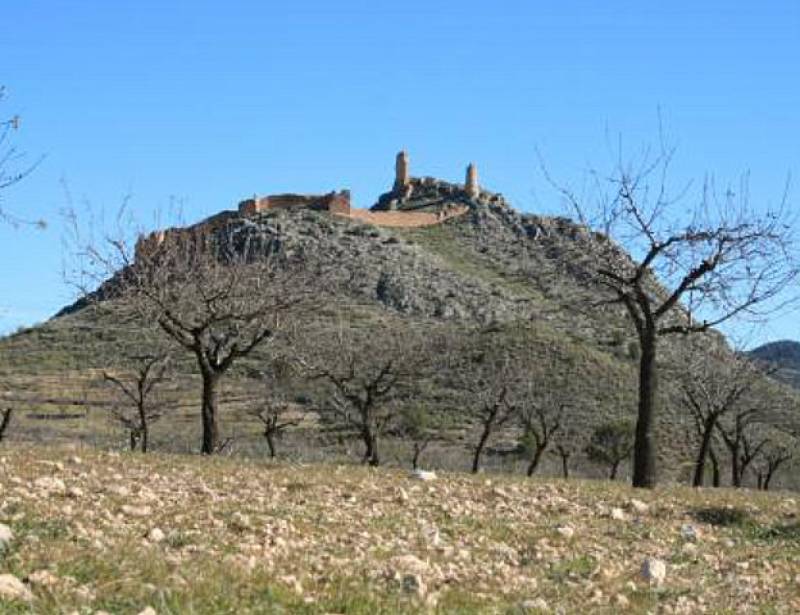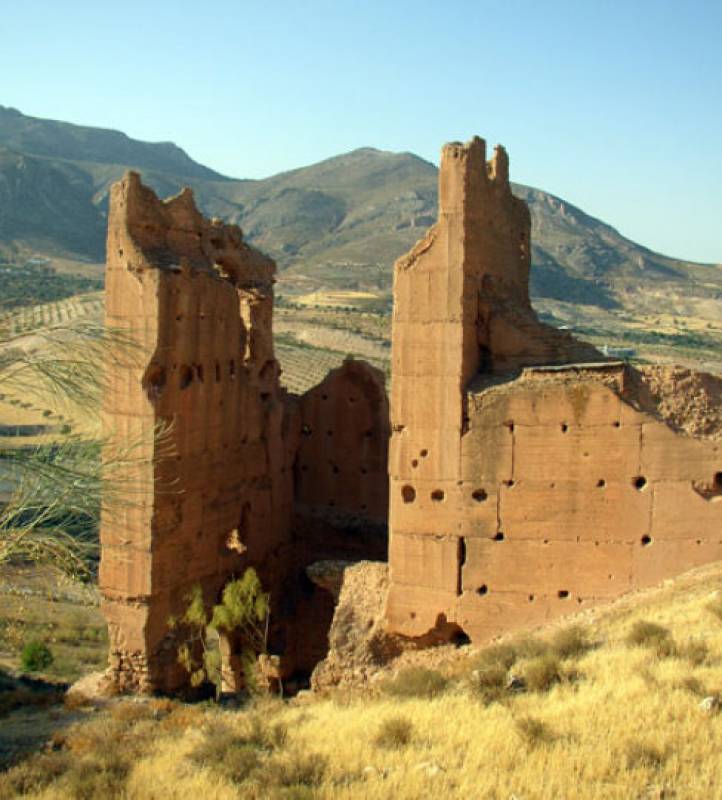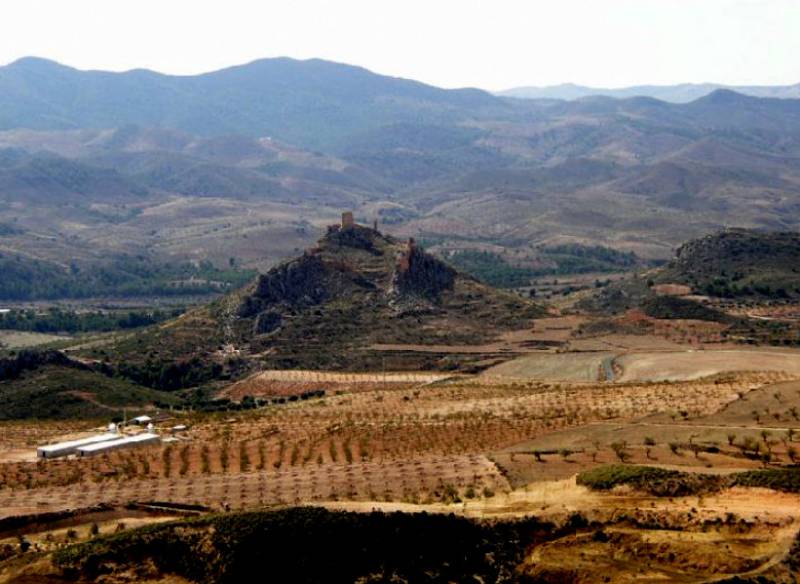

Guidelines for submitting articles to San Javier Today
Hello, and thank you for choosing sanjavier.today to publicise your organisation’s info or event.
San Javier Today is a website set up by Murcia Today specifically for residents of the urbanisation in Southwest Murcia, providing news and information on what’s happening in the local area, which is the largest English-speaking expat area in the Region of Murcia.
When submitting text to be included on San Javier Today, please abide by the following guidelines so we can upload your article as swiftly as possible:
Send an email to editor@spaintodayonline.com or contact@murciatoday.com
Attach the information in a Word Document or Google Doc
Include all relevant points, including:
Who is the organisation running the event?
Where is it happening?
When?
How much does it cost?
Is it necessary to book beforehand, or can people just show up on the day?
…but try not to exceed 300 words
Also attach a photo to illustrate your article, no more than 100kb

The ruined castle of Xiquena in the north-west of Lorca
A Moorish fortress on the Murcia-Andalucia boundary which was captured by Christians from the Moors in the 13th century
 The fortress of Xiquena is a ruined fortification very close to boundary between Murcia and Andalucía in the north-west of the large municipality of Lorca, alongside the C-22 road which leads from La Parroquia to the Almería town of Vélez-Rubio.
The fortress of Xiquena is a ruined fortification very close to boundary between Murcia and Andalucía in the north-west of the large municipality of Lorca, alongside the C-22 road which leads from La Parroquia to the Almería town of Vélez-Rubio.
This has been frontier country ever since the Christian forces took control of most of Murcia in the 13th century while Andalucía remained under the control of the Moors, whose kingdom was based in Granada, and this explains the reasons for the construction of a fortress in what is nowadays a fairly isolated area. However, the spectacular valley in which the small hill of Xiquena stands was settled in by people glad of the water from the River Corneros as long ago as the 5th century, and even before that it is known that the route of the Roman Via Augusta passed through here.
 The Christians first took control of the area in 1233, when the troops of Alonso Yáñez Fajardo captured the Islamic fortress of Xiquena and the neighbouring castle of Tirieza after a brief siege and bombardment, and it was this campaign which led to Yáñez Fajardo’s nephew, Alonso Fajardo “El Bravo” being made a “caballero”. Tirieza was soon deserted and Xiquena became the local outpost of the Kingdom of Murcia on the front line with the Nasrid kingdom of Granada.
The Christians first took control of the area in 1233, when the troops of Alonso Yáñez Fajardo captured the Islamic fortress of Xiquena and the neighbouring castle of Tirieza after a brief siege and bombardment, and it was this campaign which led to Yáñez Fajardo’s nephew, Alonso Fajardo “El Bravo” being made a “caballero”. Tirieza was soon deserted and Xiquena became the local outpost of the Kingdom of Murcia on the front line with the Nasrid kingdom of Granada.
In 1450 it was gifted by King Juan II of Castilla to Alfonso Fajardo, but nine years later he sold it to the Marqués de Villena, Don Juan Pacheco, who used the fortress to strengthen his political position.
As the Christian frontier advanced towards Granada during the 15th century, resulting eventually in the expulsion of the Moors from Spain in 1492, the castle became less important and the struggle for control of Xiquena became a domestic one, principally between the Pacheco family and the local authorities in Lorca.
 The troops of Pedro Fajardo Chacón, Marqués de Los Vélez from 1507 to 1546, destroyed the fortification even while it was still in the hands of the family, no doubt deeming it to be of secondary importance to that of the nearby castle of Vélez Blanco.
The troops of Pedro Fajardo Chacón, Marqués de Los Vélez from 1507 to 1546, destroyed the fortification even while it was still in the hands of the family, no doubt deeming it to be of secondary importance to that of the nearby castle of Vélez Blanco.
Some maintain that the name “Xiquena” is derived from the Arabic “Gikena” or “Gehenna”, meaning “hell”, while others believe it is named after a Roman villa which had been located nearby.
Nowadays the area is a popular one among walkers and mountain bikers who enjoy the spectacular landscape of the Sierra del Gigante, and from the ruins of the castle there are attractive views out to the fortresses of Tirieza, Puentes, Vélez Blanco and Vélez Rubio.
For more local visiting information, events and news go to the home page of Lorca Today.







